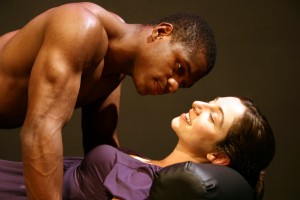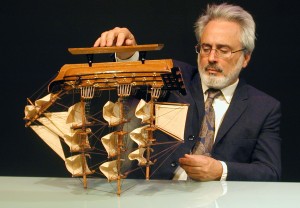 I used this image in my talk at Farleigh Dickinson today to talk about the purportedly living forest of Birnam Wood in Macbeth and, by extension, the dream of a green pastoral ecology — a place of natural stability and sustainability that can serve as a kind of model for human practices.
I used this image in my talk at Farleigh Dickinson today to talk about the purportedly living forest of Birnam Wood in Macbeth and, by extension, the dream of a green pastoral ecology — a place of natural stability and sustainability that can serve as a kind of model for human practices.
I then went on to talk about a “blue” or oceanic ecology based on change & disorder, using this image 
As I was talking about these two visions of nature in the play, I admitted that they are caricatures or cartoons, but I also got a great question, after the talk, from a grizzly old guy who, apparently, hadn’t wanted to raise his hand in the full Q&A.
“I live in the woods,” he said. “It looks nothing like that picture. The woods are messy, chaotic, with things falling & breaking & dying everywhere you look. That picture isn’t a real woods. It’s something somebody planted.”
Sounds right to me. The green world, the green pastoral utopia that will heal all our ills, is a fantasy projection.
I suppose that implies that the blue world is too.




